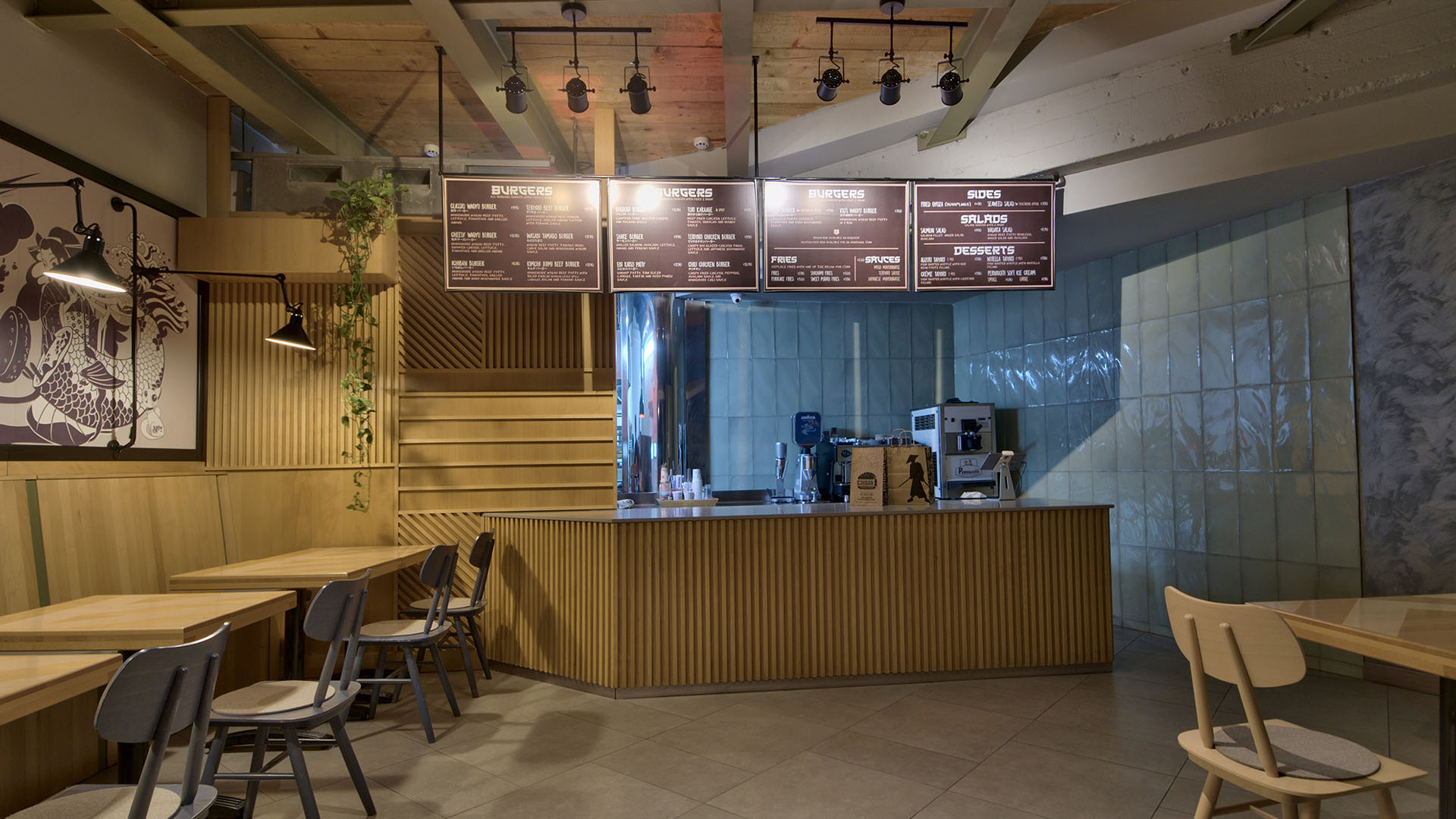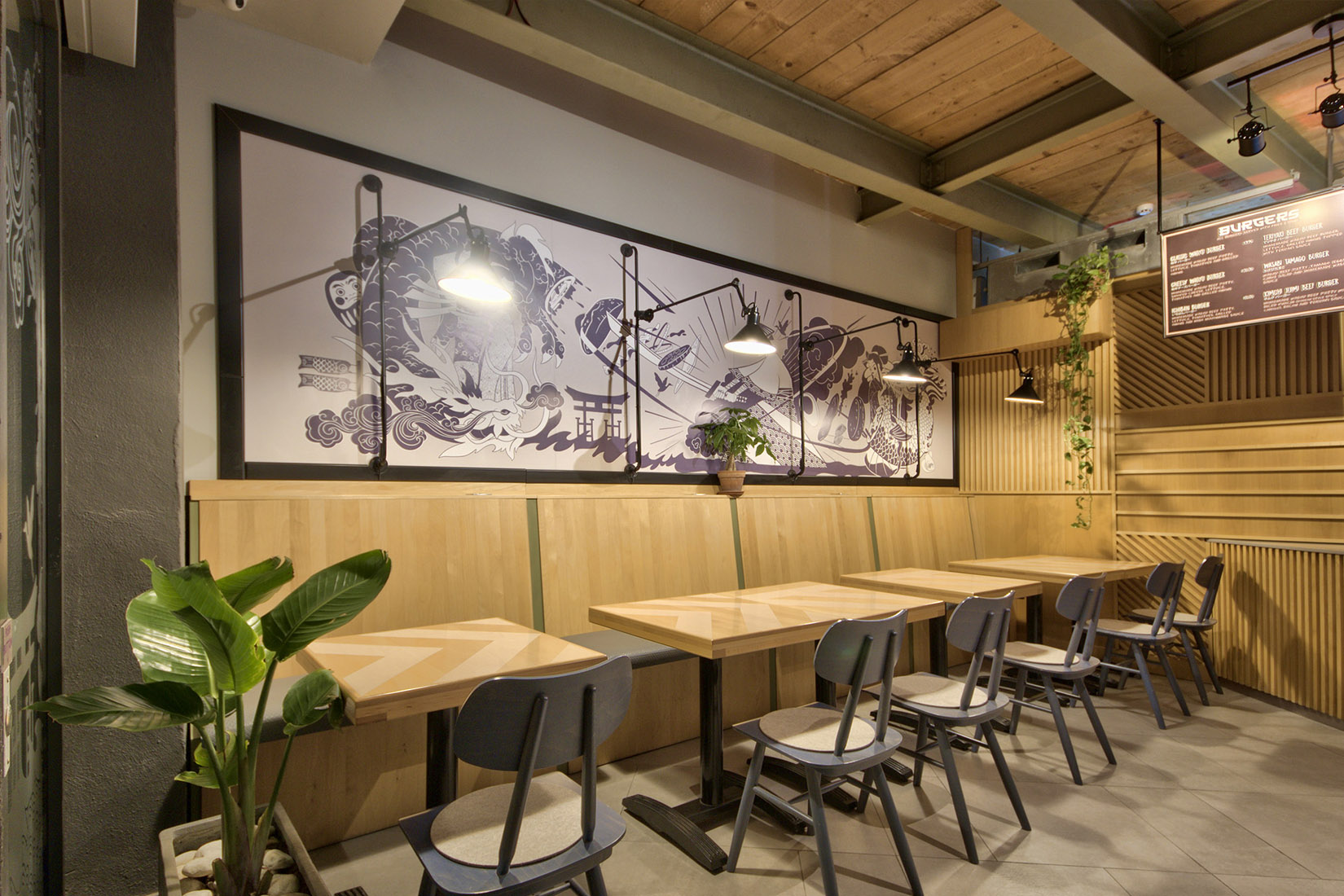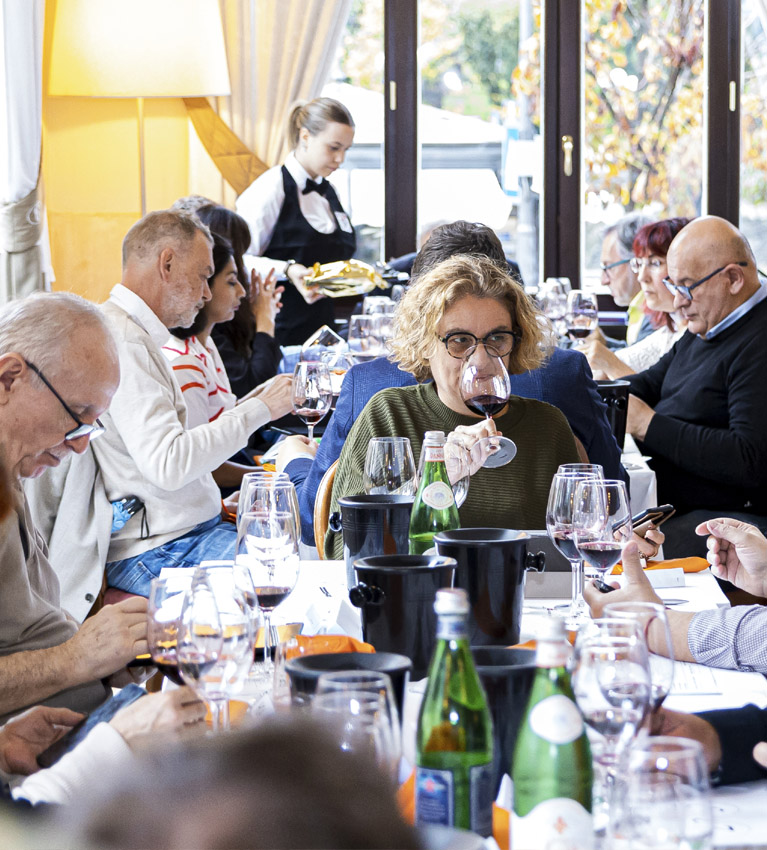
Interior Design – Location, Context & Diversification

Gaby Benicio: Award-Winning Sommelier Redefining the Art of Wine
August 24, 2023
Food Photography by Lindsey Bahia
August 30, 2023Malta is increasingly attracting a more diverse audience, away from the more predictable sun and fun destination and veering towards a broader range of activity, one that extends beyond seasonality to encapsulate culture, history, business, language studies, outdoor activity and sport.
“Malta has so much to offer, with such a rich and diverse background, the narrative should be captivating.”
Interiors should reflect and cater through this lens, where design is less homogenous, less copy-paste and more about highlighting and targeting the specific representation selected. Drawing from these specific users to design an interior that encapsulates practical requirements that fit with the spirit of the user.
This perspective of a more inclusive design will generate a highly satisfied client that is more likely to have a memorable experience and is definitely more likely to return.
“In an ever increasing global world, context is key.”
At the turn of the millennium, design strategy for hotels and even restaurants was all about escapism. Creating a world that exuded a glamourous, exclusive and fashionable lifestyle.
Today the design strategy has almost fully turned around. The tourist, the digital nomad, the retiree, the student, are all seeking an experience that is site specific, one that narrates its own experience.

Concept:
Ichiban Japanese Burgers, Sliema.
Completion: 2019 / Indoor Floor Area: 30 Sq m / Outdoor Floor Area: 30 Sq m Photography: Alan Carville
Ichiban Japanese Burgers, Sliema.
Completion: 2019 / Indoor Floor Area: 30 Sq m / Outdoor Floor Area: 30 Sq m Photography: Alan Carville
“Through a sense of time and place the visitor forms an emotional connection that is palpable and real.”
A design guideline for both the initial concept and for future referral is one of the most useful tools in ensuring the concept is not lost in translation.
The perspective for the design story may be broad and generic or concise and focused. Regardless of direction it should be carefully thought out to emit a positive emotional experience.
Aside from the big brand names in hotels that attract a specific type of mass appeal, most hotels do employ a design strategy. The site specific narrative transmitted through design strategies.
The clever use of local materials is paramount to achieve something that is alive and palpable. Equally important is an appreciation of the traditional and what it represents in terms of a local context. Its success depends on how engaging its realisation is with the client in terms of appeal and connection
This design approach beholds a timeless, genuine feel that gives your brand a back bone by adding value to local culture and traditions. In turn this reflects on customer perception, leaving a lasting impression and the desire to return.

Davina Preca
Interior architect Davina Preca completed the International Baccalaureate in Oxford, then graduated with a BA (Hons) in Interior Architecture & Design from Nottingham Trent University UK in 2001, after a few years she founded her own studio. A deeply rooted family business in the hotel and restaurant industry led an evolution towards specializing in hospitality and restaurant design. www.davinapreca.com | info@davinapreca.com
Click here to see Horeca Issue 12 online



